Drying one pair of hands never uses a great deal of energy. But in public buildings where the washrooms are in regular use for perhaps eight, 12 or more hours each day, these small energy usages can add up to a very significant cost.
As a rule of thumb, in an office or other place of work, each person is likely to wash and dry their hands about every two hours, or four times during a typical working shift.
At a visitor attraction, most visitors will use a hand dryer once or twice. In such places it is therefore fairly easy to estimate the total number of hand washes per month or per year – and therefore the energy requirement.
To reduce such energy costs (and the related environmental impact) Mitsubishi Electric has developed and constantly refined the Jet Towel range of hand dryers. The original version, Slim, was the world’s first ‘hand in’ dryer. Instead of using hot air to evaporate water from hands, it produces a high speed laminar air flow that wipes the water off.
This technique dried hands in about one-third the time of conventional dryers, so produced an immediate and significant energy saving. Mitsubishi then applied its development philosophy of constant improvement and steadily optimised the air flow through the design of the nozzles and the introduction of a very efficient motor to drive the fan. The net result of this is that energy consumption is about one-tenth that of a hot air dryer.
Recently Mitsubishi Electric introduced a new version of Jet Towel, the Smart hands-under style, to complement the Slim hands-in. This offers similar energy and cost savings to facilities managers, so let us look at its potential compared to both traditional hand dryers and to paper towels.
Smart vs conventional dryer
Smart is available with heated and unheated air flow. Here we will consider the heated version. Full data is tabulated below, but notably the power consumption of a Smart is 980W and drying time is 9 seconds, compared to 2400W and 30 seconds for a hot air dryer.
If we assume an electricity charge of 10p/kWhr and 500 uses every day of the year, the operating costs of a Smart clock in at £45.54p, while a conventional dryer will cost £365.80p – over eight times as much.
If you factor in purchase price, life expectancy etc you can see from the graph below that a Jet Towel Smart will save its operators more than £2,000 over the course of its working life. Given that most public facilities will have multiple hand dryers, this is a very significant saving.
Smart vs paper towels
A similar comparison can be drawn with paper towels. We can take the same cost of electricity and same usage rate and compare this to towels, which cost about 0.4p each. Over a year, the Smart will again cost £45.54p, while the bill for paper towels will be £1,460 over 30 times as much (and four times as much as a hot air dryer). Over the life of a Mitsubishi Electric Smart hand dryer, this amounts to a saving of nearly £9,600.
Savings like these are almost the stuff of a facilities manager’s dreams, but there are other benefits from opting for a Jet Towel solution too.
For instance the speed of drying encourages users to dry their hands completely rather than only partially. This reduces the spread of germs and likelihood of skin irritation and means Jet Towel is better able to cope with sudden rushes of users, as is almost inevitable in many locations.
Also Jet Towel maintenance and servicing requirements are low, requiring little more than a wipe down and emptying of the small drain tank at the bottom. In short, through Jet Towel Smart and Jet Towel Slim Mitsubishi Electric is offering a significant advance on the state of the art, while also cutting facilities costs considerably.

This post originally appeared on the Mitsubishi Jet Towel website and is reposted here with permission.




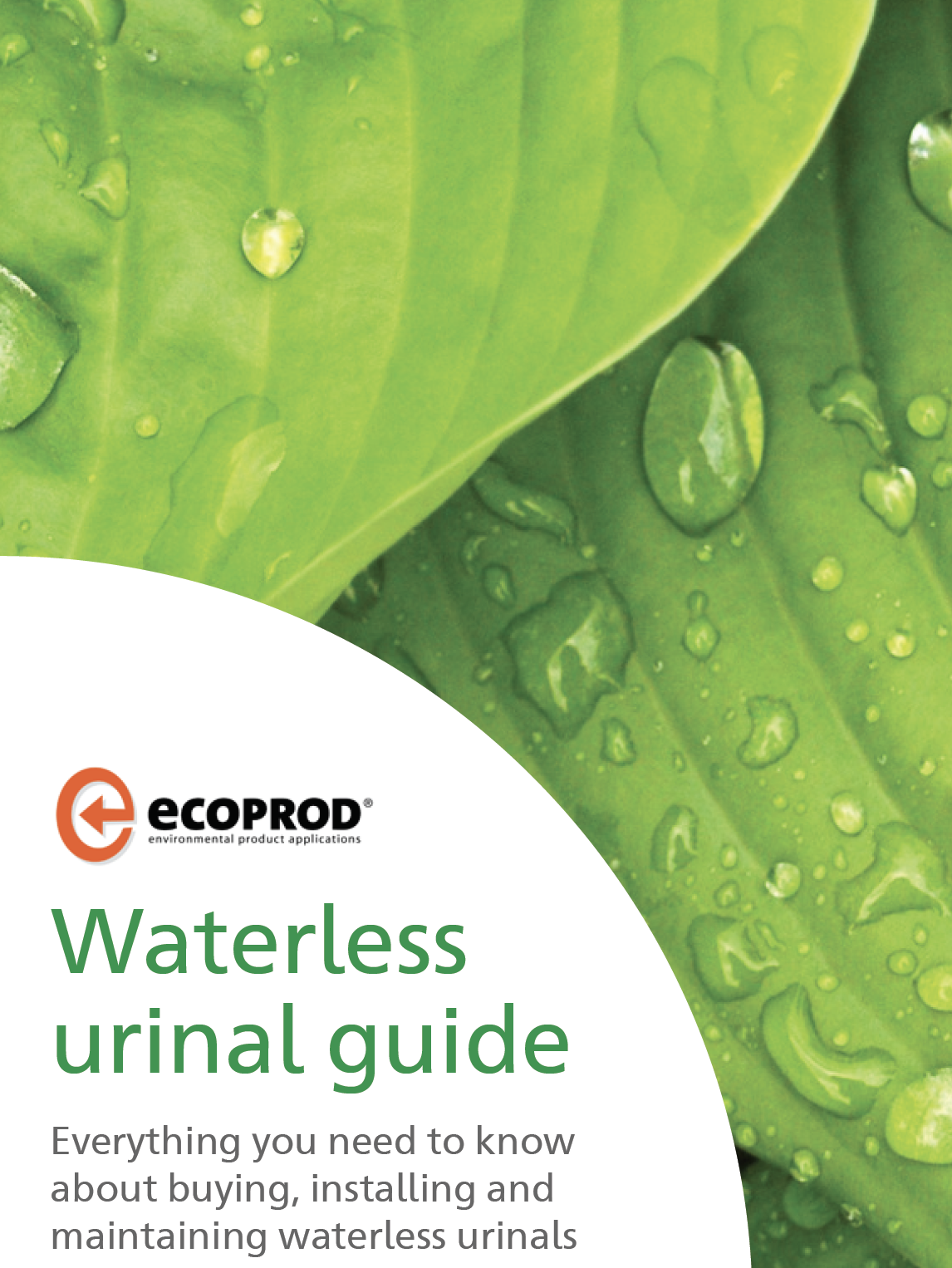


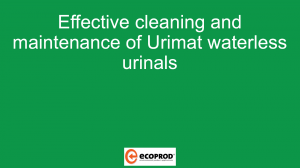





 For the last 8 years Robert Summer – Head of International Sales and Marketing – has developed structured distribution network worldwide for CONTI+ brand. The products offer great benefit for washrooms and shower rooms for public, semi-public and health sector. Today, sustainability, hygiene and smartness are key to CONTI+ solutions. Robert lives the brand and its USPs and loves to support and motivate his team on a daily basis.
For the last 8 years Robert Summer – Head of International Sales and Marketing – has developed structured distribution network worldwide for CONTI+ brand. The products offer great benefit for washrooms and shower rooms for public, semi-public and health sector. Today, sustainability, hygiene and smartness are key to CONTI+ solutions. Robert lives the brand and its USPs and loves to support and motivate his team on a daily basis.




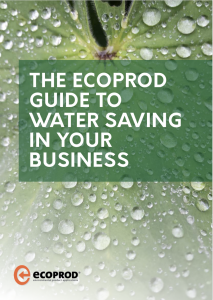


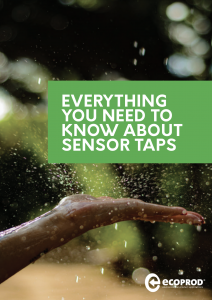


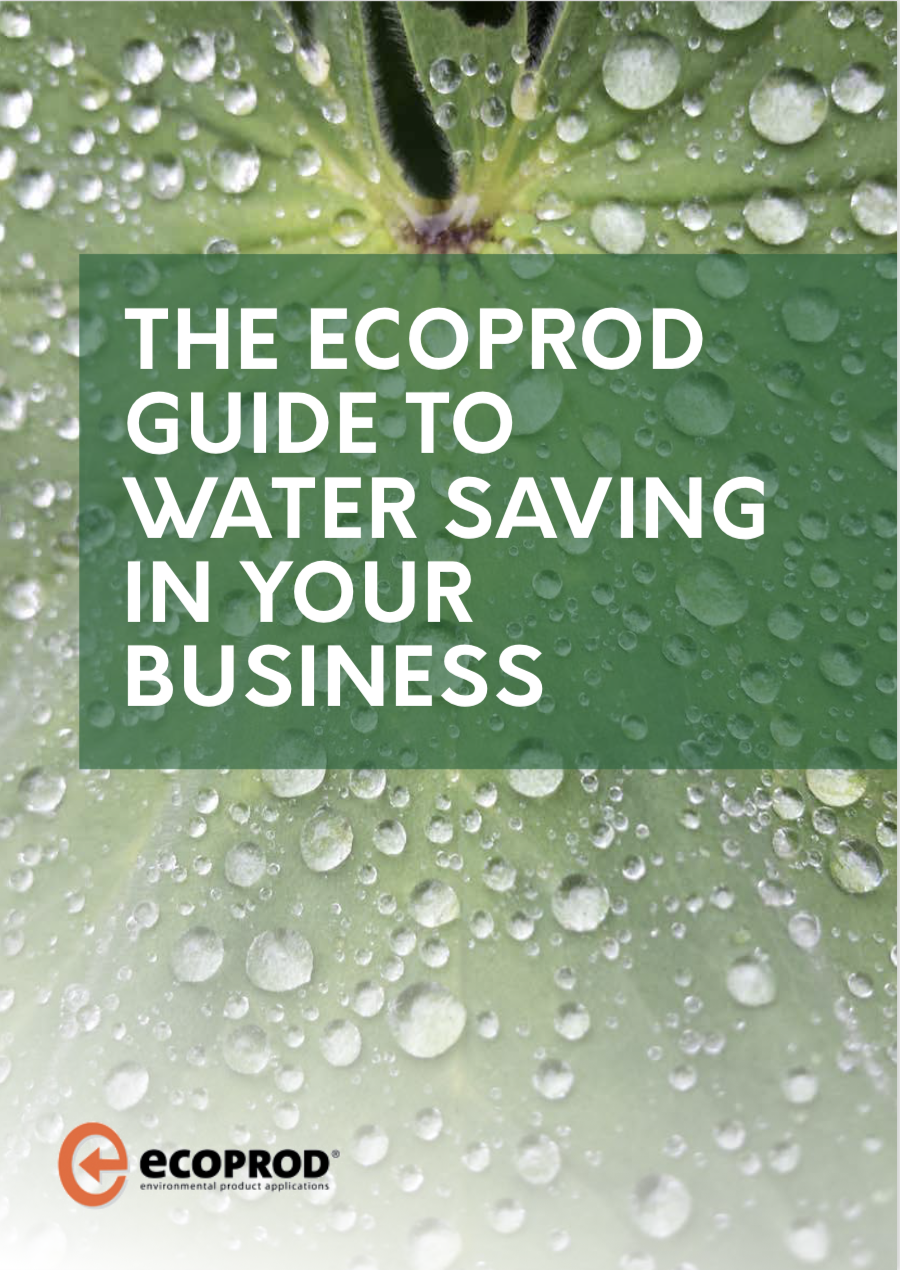
Comments are closed.